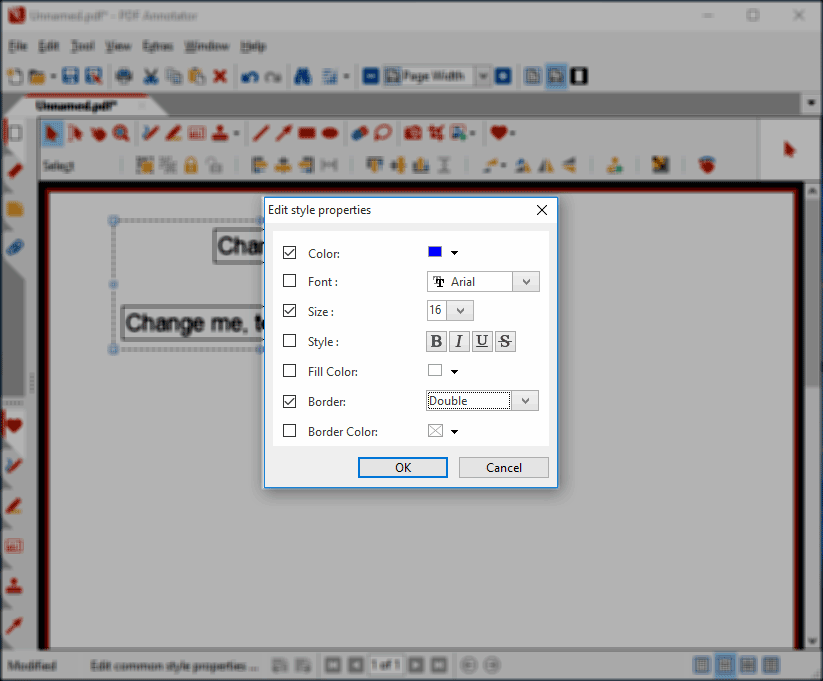
It’s important to realize that it will not be included.Īlso, you can’t control which of the four attributes (fills, borders, shadows, and blurs) are included and which are not. Historically, I have associated border radius with style as opposed to shape, but I understand why the decision was made, and I don’t necessarily disagree with it. Border radius is not one of the attributes saved in a Layer Styles, which caught me a bit off guard. I usually will create a style for each of the brand colors for a project, plus combinations of fills and borders that I use regularly.Īs with all things, Layer Styles come with limitations. In the right pane, just above opacity, there should be an Appearance dropdown that says “No Layer Styles.” Click the dropdown and pick “Create new Layer Style,” name your style, and you’re done! To create your very first layer style, select any shape. Fills (Color, Gradient, Pattern, Photo).
#Figma edit text styles upgrade
No need for an eyedropper, plus you get to name them, which makes them an upgrade from document color swatches.
#Figma edit text styles how to
Once created, you can select a shape or group and pick how to style it from a dropdown of predefined options. Layer Styles allow you to save a combination of styling attributes to use again on other layers. In this post we will break down making colors and type consistent, along with recommendations to help you keep things organized. This is part one of a series of posts breaking down how to get the most out of Sketch. Let’s take a walk through how to use Sketch to manage most of the harder parts of design so you can get business value fast. That’s all possible, it’s not hard, and it’s already built into Sketch. Slow screen production, heavily reliant on attention to detail and memory, both of which fail under intense pressureīut what if it didn’t have to be this way? What if you could create your own drag-and-drop editor specifically tailored to your product, with resizable elements, on-brand colors, consistent text styles, and more? If only updating or changing the whole project at once was easy and fast, allowing you to finesse all of the colors and text across all of your screens right up to the end of your project.Inability to change general visual design late in the game (once type and colors are set they are nearly untouchable).Inconsistency of designs between screens and over time.If you’ve been in this position, you probably recognize these seemingly inescapable issues: To use and edit icons in a component, select the icon layer (it should be a text layer) and type the name of the icon you want.It is really hard to make quality designs for large projects, especially when a big deadline is bearing down on you. Just select Font Awesome 5 Pro and replace it with the one you downloaded.When opening the Pilo’Press Library file you’ll have a Missing Font notification.
#Figma edit text styles install
Install free (or Pro) version of the font :.For the other you’ll have to follow a few step: If you are already using Fontawesome, good for you ?.


Or replace the icon layer in components by your own icons set.

We use the Premium version, but you can start with the free one. Font Awesome allow us to add icons easily without charging them on the file, it is not SVG, nor JPG or neither PNG but glyphs.


 0 kommentar(er)
0 kommentar(er)
